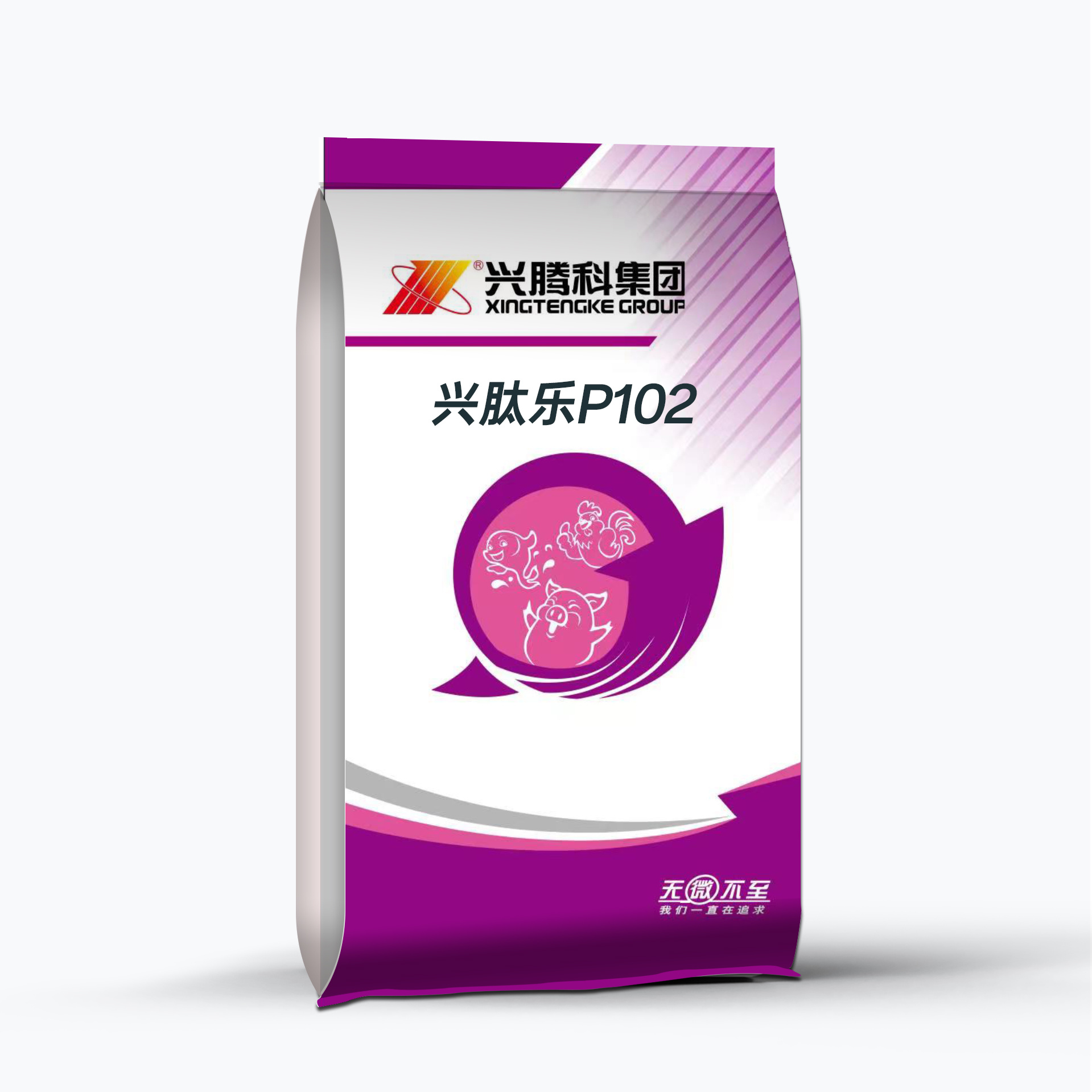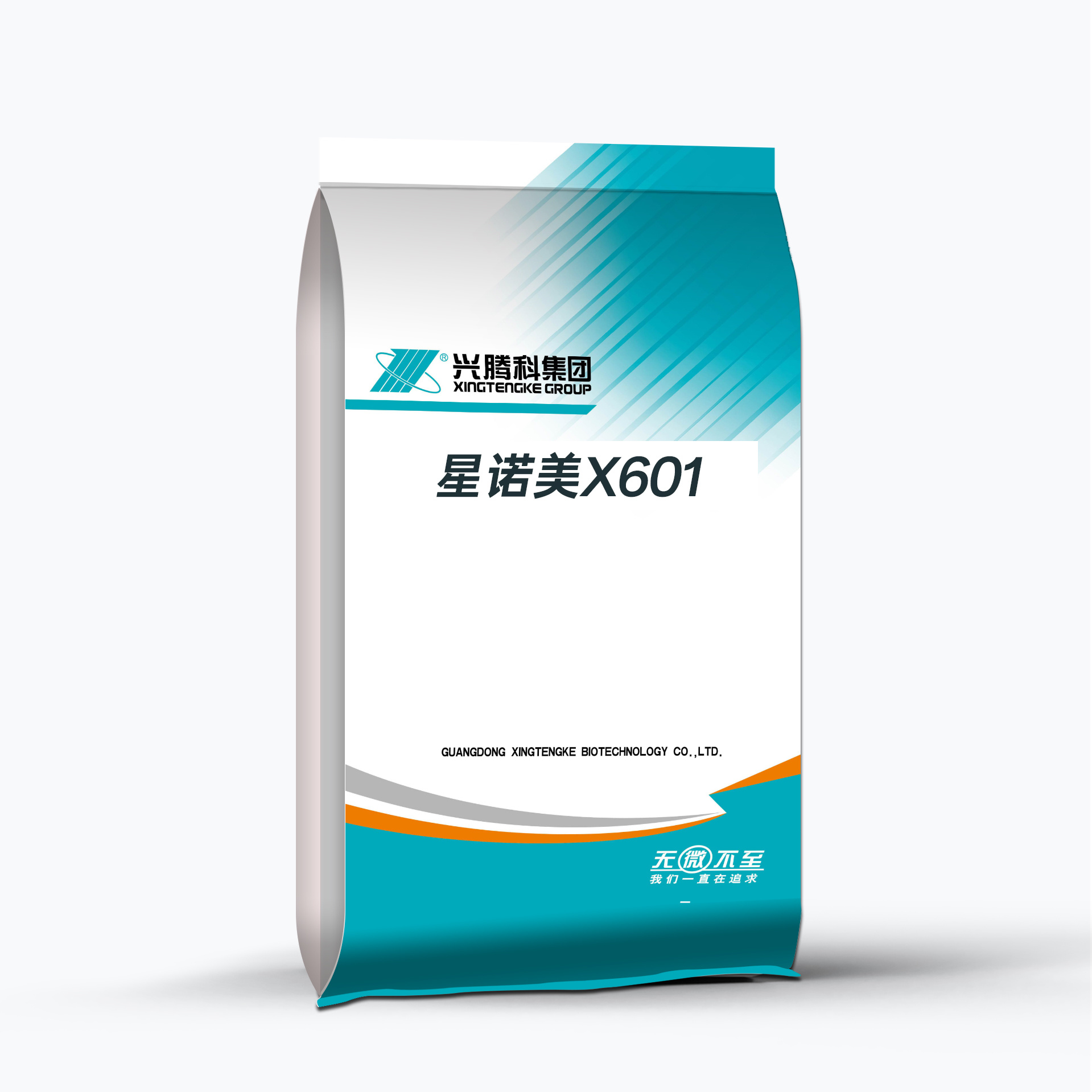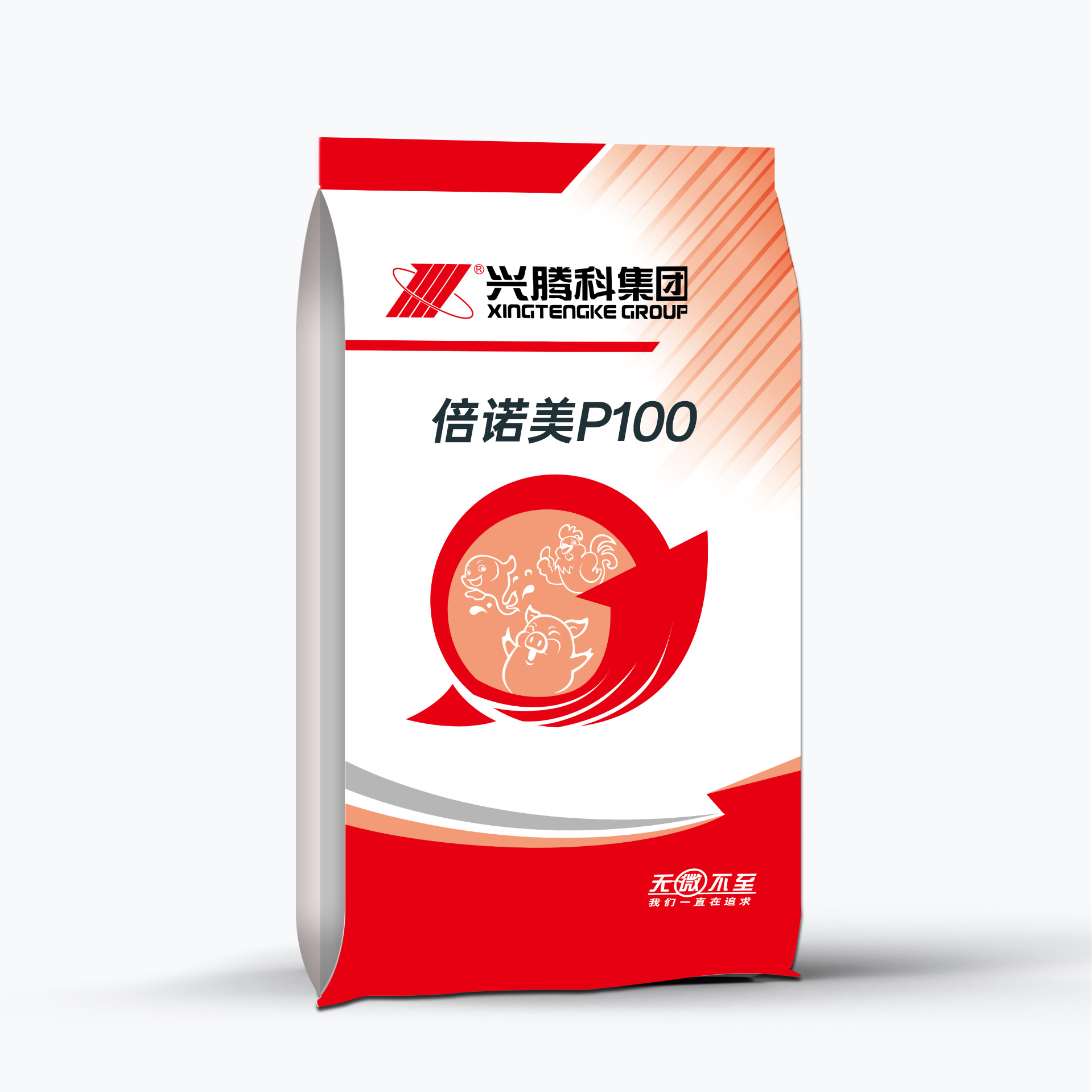Unlocking the Power of Amino Acid Chelated Trace Elements for Poultry Health
Release time:
2025-10-14 14:30
Source:
In the poultry industry, maintaining optimal health and productivity is crucial for both commercial success and animal welfare. One key area of focus is the nutritional requirements of poultry, particularly the role of trace elements. Among various supplementation strategies, amino acid chelated trace elements have garnered considerable attention. These compounds can enhance the bioavailability of essential minerals, leading to numerous benefits for poultry.
Amino acid chelated trace elements refer to minerals that are chemically bonded with amino acids. This unique bonding process allows for better absorption in the gastrointestinal tract of poultry. Traditional forms of trace elements, such as inorganic salts, may not be as effectively absorbed, leading to potential deficiencies despite adequate dietary intake. By using amino acid chelation, feed formulations can ensure that these vital nutrients are readily available for absorption, ultimately enhancing their efficacy.
Trace elements, including zinc, manganese, copper, and selenium, play critical roles in various physiological functions. They are essential for immune system function, enzyme activities, and overall growth and development. For instance, zinc is vital for immune response and skin health, while selenium acts as an antioxidant, protecting cells from oxidative damage. The enhanced bioavailability provided by amino acid chelation can help poultry achieve optimal levels of these trace elements, which is particularly important during periods of stress, such as vaccination or environmental changes.
Research has shown that the inclusion of amino acid chelated trace elements in poultry diets can lead to improved growth rates, feed conversion ratios, and overall health. Birds receiving these supplements often exhibit better resilience to disease, reduced mortality rates, and enhanced egg production in layers. Furthermore, healthier birds contribute to improved meat quality, providing a win-win for producers and consumers alike.
Another significant advantage of amino acid chelated trace elements is their potential to reduce the environmental impact of poultry farming. By improving nutrient absorption, there is less excretion of unabsorbed minerals, which can contribute to environmental pollution. Thus, these supplements align with the growing emphasis on sustainable agricultural practices.
In conclusion, amino acid chelated trace elements represent a promising advancement in poultry nutrition. By enhancing the bioavailability of essential minerals, they support optimal health, productivity, and sustainability in poultry farming. As the industry continues to evolve, incorporating such innovative nutritional strategies will be crucial for meeting the demands of both the market and animal welfare. For poultry producers looking to optimize their operations, considering the benefits of amino acid chelated trace elements could be a vital step toward achieving success.
Amino acid chelated trace elements refer to minerals that are chemically bonded with amino acids. This unique bonding process allows for better absorption in the gastrointestinal tract of poultry. Traditional forms of trace elements, such as inorganic salts, may not be as effectively absorbed, leading to potential deficiencies despite adequate dietary intake. By using amino acid chelation, feed formulations can ensure that these vital nutrients are readily available for absorption, ultimately enhancing their efficacy.
Trace elements, including zinc, manganese, copper, and selenium, play critical roles in various physiological functions. They are essential for immune system function, enzyme activities, and overall growth and development. For instance, zinc is vital for immune response and skin health, while selenium acts as an antioxidant, protecting cells from oxidative damage. The enhanced bioavailability provided by amino acid chelation can help poultry achieve optimal levels of these trace elements, which is particularly important during periods of stress, such as vaccination or environmental changes.
Research has shown that the inclusion of amino acid chelated trace elements in poultry diets can lead to improved growth rates, feed conversion ratios, and overall health. Birds receiving these supplements often exhibit better resilience to disease, reduced mortality rates, and enhanced egg production in layers. Furthermore, healthier birds contribute to improved meat quality, providing a win-win for producers and consumers alike.
Another significant advantage of amino acid chelated trace elements is their potential to reduce the environmental impact of poultry farming. By improving nutrient absorption, there is less excretion of unabsorbed minerals, which can contribute to environmental pollution. Thus, these supplements align with the growing emphasis on sustainable agricultural practices.
In conclusion, amino acid chelated trace elements represent a promising advancement in poultry nutrition. By enhancing the bioavailability of essential minerals, they support optimal health, productivity, and sustainability in poultry farming. As the industry continues to evolve, incorporating such innovative nutritional strategies will be crucial for meeting the demands of both the market and animal welfare. For poultry producers looking to optimize their operations, considering the benefits of amino acid chelated trace elements could be a vital step toward achieving success.
amino acid chelated trace elements for poultry









